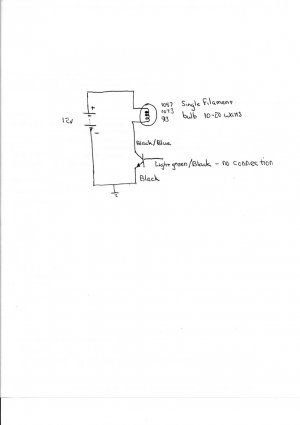Does anybody have any info on how to replace this resistor? I sent my AC unit to this guy on ebay (modulerepair), who has over 6,300 positive reviews. I got the part back, put my car back together and the unit was still only blowing on high. I contacted him and his response was, "oh, we'll I replaced all capacitors and fixed the damaged circuits. Seems like you'll need a blower resistor as well."
so, obviously the guy didn't bench test the thing before he sent it back to me but now I have looked up this part which is another $169 on top of the $100 to this joker to "repair" my AC unit. Can anyone tell me if they have replaced this part and how hard it is to replace. I can't seem to find a thread on this topic. Any help would be appreciated. Thanks all!
so, obviously the guy didn't bench test the thing before he sent it back to me but now I have looked up this part which is another $169 on top of the $100 to this joker to "repair" my AC unit. Can anyone tell me if they have replaced this part and how hard it is to replace. I can't seem to find a thread on this topic. Any help would be appreciated. Thanks all!






